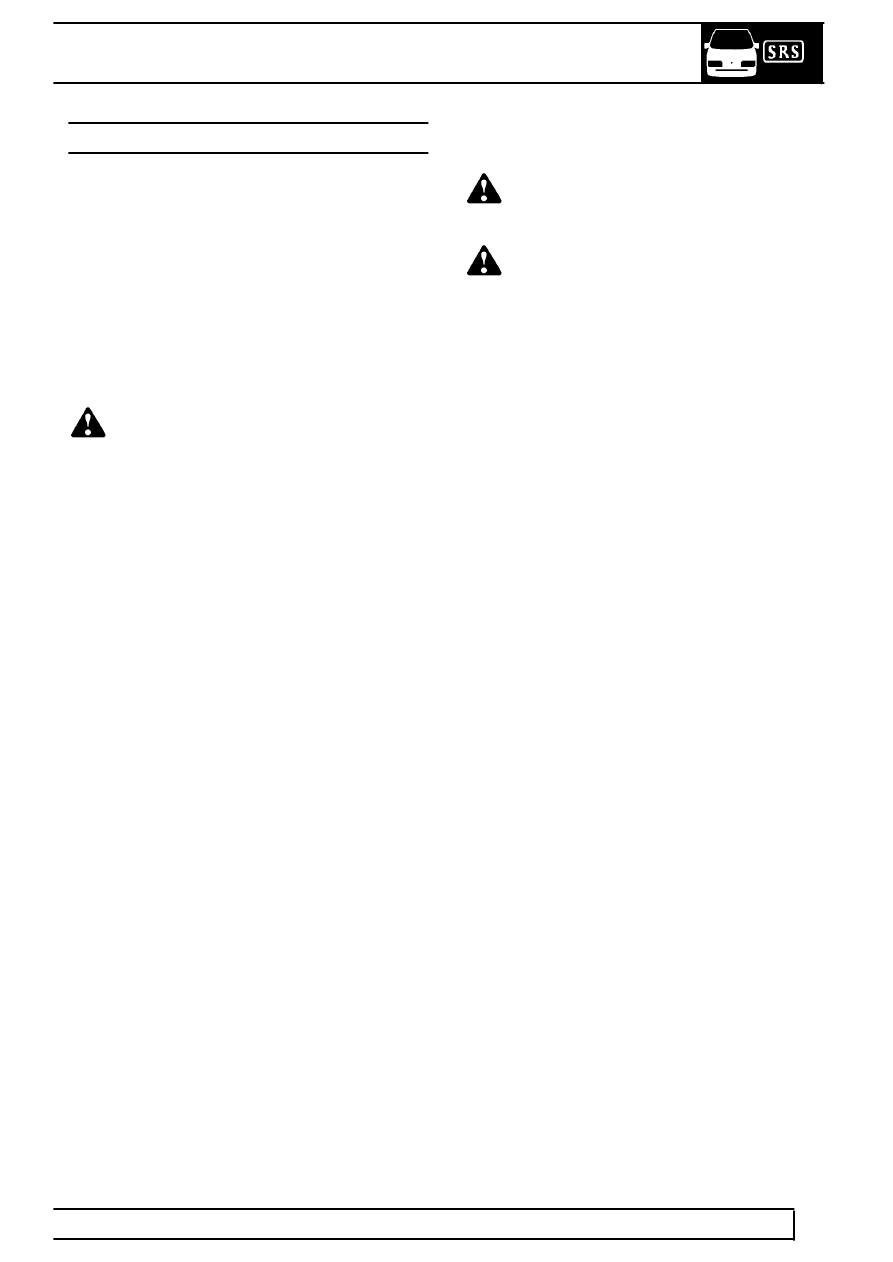Range Rover Classic

CHASSIS AND BODY
1
REPAIR
BODY REPAIRS, GENERAL INFORMATION
Aluminium panels can be effectively repaired using
the ’Argon Arc’ process of welding, because the afore
mentioned is a specialist operation it is necessary that
only a skilled operator or specialist body shop
undertake such repairs.
Under certain conditions it may not be practical to
repair an exterior damaged panel, if this is the case,
then panels can be easily removed and replaced with
new ones.
Panel beating
WARNING: Before applying heat to any
panel ensure that the panel is clean and
free from underseal and that the area to be
worked on is well clear of any combustible
materials. Ensure that all precautions are taken
against fire.
1. Aluminium alloy panels can be beaten out after
accidental damage in the same way as sheet
steel. Hammering causes metal to work harden,
and requires annealing to prevent the possibility
of cracking. To anneal, apply spread of heat to
the area, until the heated metal will char a piece
of soft wood when touched on it. Followed by
slow air cooling.
Welding
WARNING: The battery ground lead MUST
be disconnected before commencing
welding.
WARNING: Before applying heat to any
panel ensure that the panel is clean and
free from underseal and that the area to be
worked on is well clear of any combustible
materials. Ensure that all precautions are taken
against fire.
1. Clean off all grease and paint, dry thoroughly
and then clean the edges to be welded, and an
area at least half an inch on either side of the
weld, with a stiff wire scratch brush or wire wool.
Cleanliness is essential. Also clean the welding
rod or strip with steel wool.
2. It is strongly recommended that a few welds are
made on scrap metal before the actual repair is
undertaken if the operator is not already
experienced in welding aluminium and its alloys.
3. Use only 5 per cent magnesium aluminium
welding rod (5 Mg/A).
Welding tears and patching
1. If a tear extends to the edge of a panel, start the
weld from the end away from the edge and also
at this point drill a small hole to prevent the crack
spreading, then work towards the edge.
2. When welding a long tear, or making a long
welded joint, tack the edges to be welded at
intervals of 50 to 100mm. After this, weld
continuously along the joint, increasing the
speed of the weld as the material heats up.
3. When patching, cut the patch to the correct
shape for the hole to be filled, but of such sizes
as to leave a gap 0.80mm between it and the
panel, and then weld as described above. Never
apply an ’overlay’ patch.
